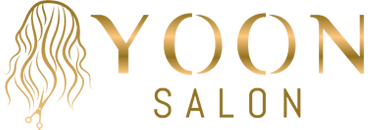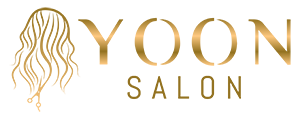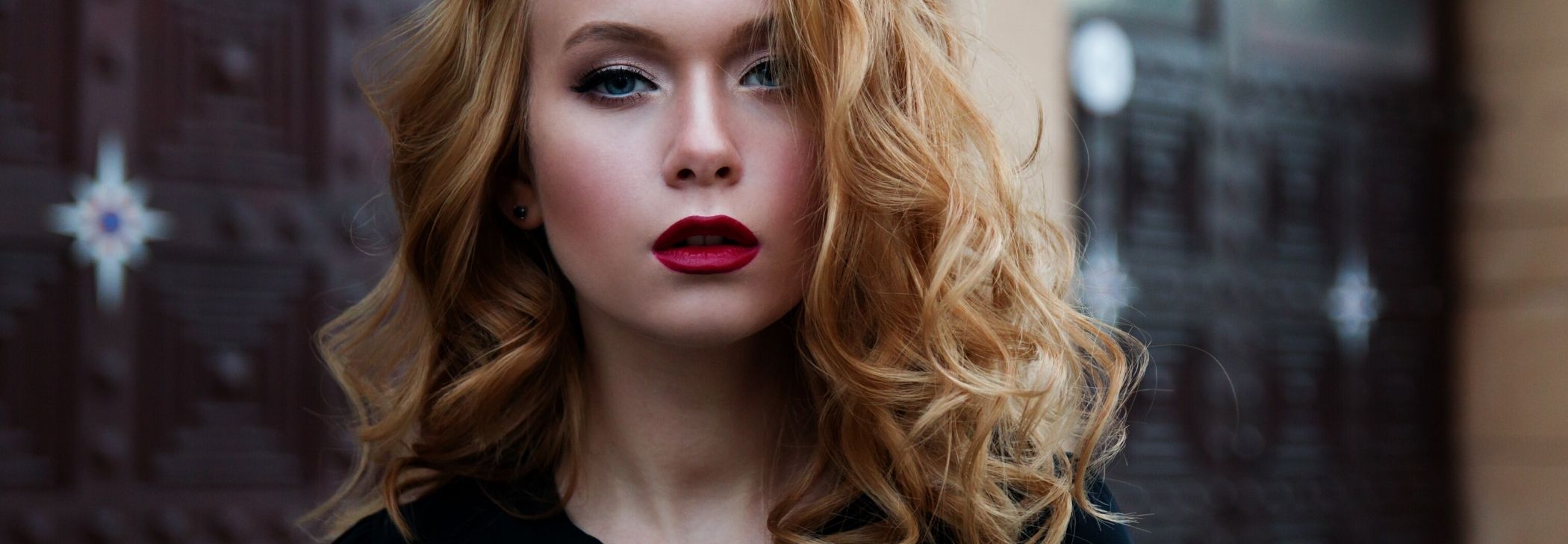
How to Choose A Haircut for Your Face Shape
Offering a myriad of services, from hair cutting, to colouring, to perming, there are plenty of reasons to visit a hair salon. A person’s mane plays a vital role in how they see themselves as well as how others see them.
One of the main, and quite possibly oldest, reasons people visit a hair salon is to get a haircut. This may come in the form of a trim, getting a new fringe, or even a dramatic transformation. There are various objectives for getting a haircut:
- An act of self-expression
- Going through significant changes in life
- Simply bored
With hundreds of hairstyles to choose from, it can be tempting to hop onto a popular trend or replicate your favourite celebrity’s look. However, not every ‘do may suit your the shape of your face or complement your features. With a little research, you may be able to avoid a hair-tastrophy! Read on to find out more about how you can make the best decision for your new hairdo.
What Is Face Shape?
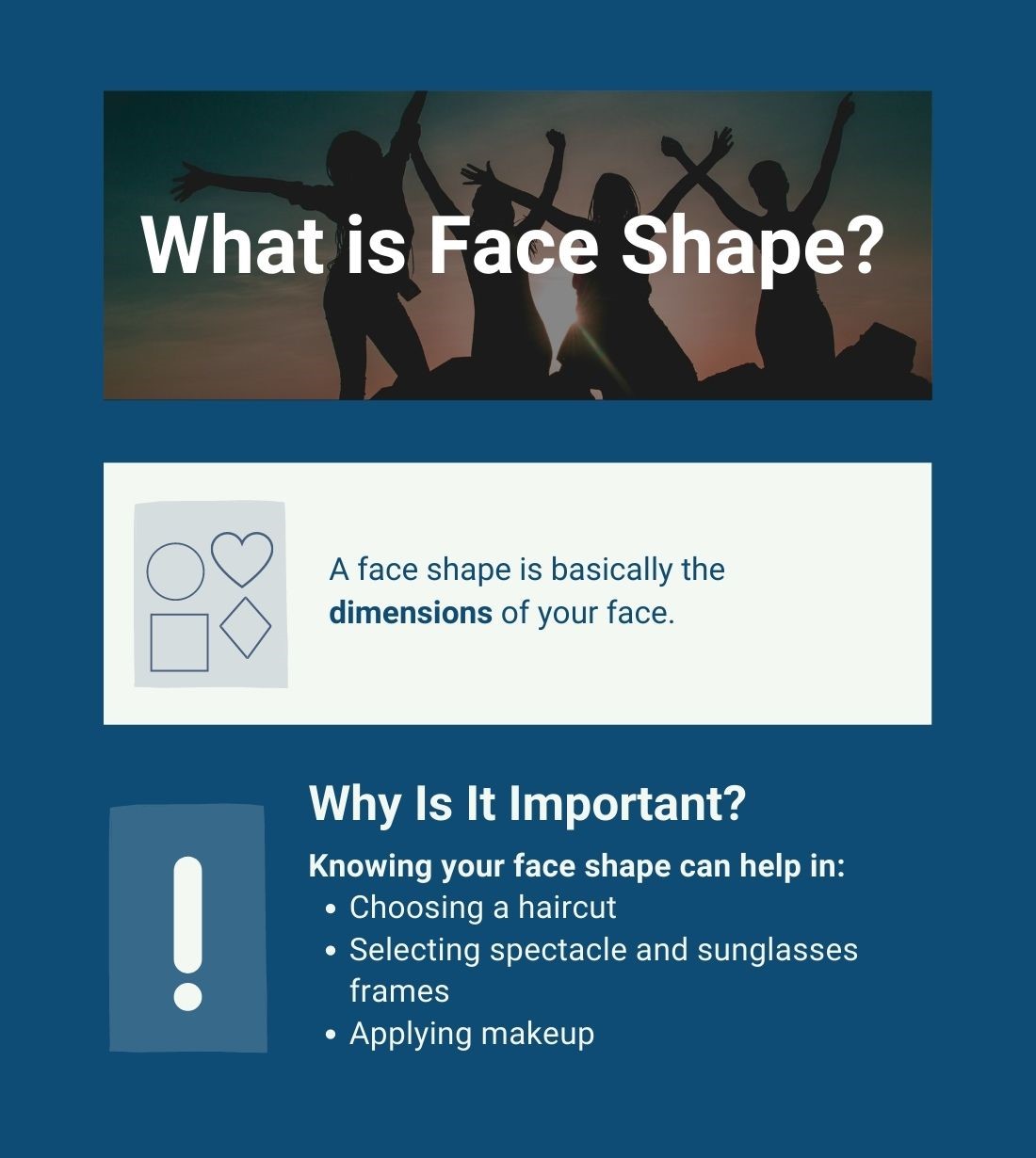
Let’s start at the beginning. To ensure you are selecting the best haircut for you, you first need to identify the shape of your visage. If you’re not sure what that is, the next paragraph below can provide you with some clarity.
1. What Is It Exactly?
A face shape is basically the dimensions of your visage. While you are born with a set structure, it can change naturally with age or if you undergo facial reconstructive surgery. According to a report in the Plastic and Reconstructive Surgery Journal in 2013, our facial bones such as nose, upper jaw, and eye sockets will continue to change. It also mentions that with age, skin starts to lose its elasticity and settle in areas that were previously much slimmer and firmer. While plastic surgery is an option for those who can afford it, other more natural ways to change or maintain your facial structure also exist. This includes changing your hairstyle as you age and applying your makeup to match your changing bone structure.
2. Why Is It Important?
Knowing and understanding your natural bone structure can assist in improving your appearance in many ways. While it is completely optional for you to follow the rules of your type, here are some practical ways in which this knowledge can help:
- Choosing a haircut
- Selecting spectacles and sunglasses frames
- Applying makeup
How Do I Determine My Face Shape?
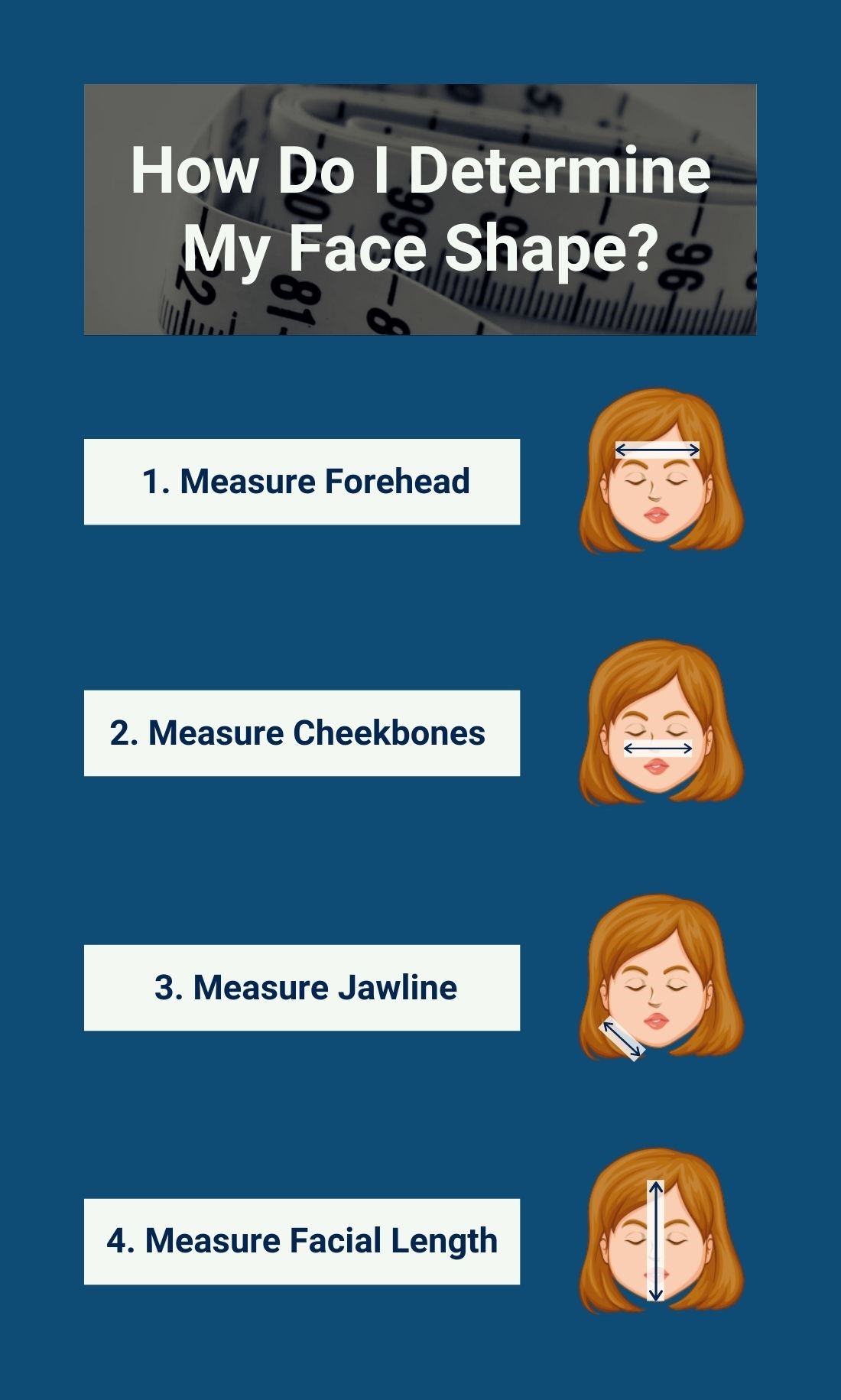
There are a few pragmatic reasons to determine the shape of your visage, and one of them is being able to choose the most flattering haircut for you. Even though anyone can cut their hair however they see fit, understanding the dimensions of your facial structure will enable you to choose the most suitable hairstyle to frame and highlight your features.
As mentioned previously, there are six common types of faces:
- Oval
- Round
- Diamond
- Oblong
- Square
- Heart-shaped
While some people can almost immediately recognise their facial structure, the rest of us may have a harder time discerning our bone structure. When measuring, there is no actual mathematical equation. Noting down the numbers just tells you which part of your visage is longer and which is shorter.
Here’s a quick and easy guide on how you can ensure you get the right numbers:
1. Forehead
Starting from the top, take a measuring tape and measure the widest part of your forehead. You can do this by placing the tape from one temple to the other. When you are doing this, the tape should be right in between your eyebrows and your hairline. Note the dimensions down.
2. Cheekbones
Your cheekbones are a large determining factor of what kind of hairstyle you should have. Measure across your cheekbones, commonly known as the apples of your cheeks. If you are not sure where they are, just start from the sharpest point of your cheeks, beneath the outer corner of your eye. Wide cheekbones could point to oval, heart-shaped, round, or diamond types.
3. Jawline
The trickiest to estimate, place the tape along your jawbone, measuring from approximately one inch beneath your ear down to your chin. This will reflect the length of one side of your jawline. Multiply that by two, and you will be able to derive the length of your jawline. A wider jawline does not necessarily mean you look more masculine — it simply means you could have a square or oblong visage.
4. Facial Length
A longer visage could mean you fall under the category of oval or oblong. Facial length is also the determining factor between oval and round types, with the latter being shorter in length. Using the measuring tape, note down the length of your face from the centre of your hairline.
Evaluate Your Results
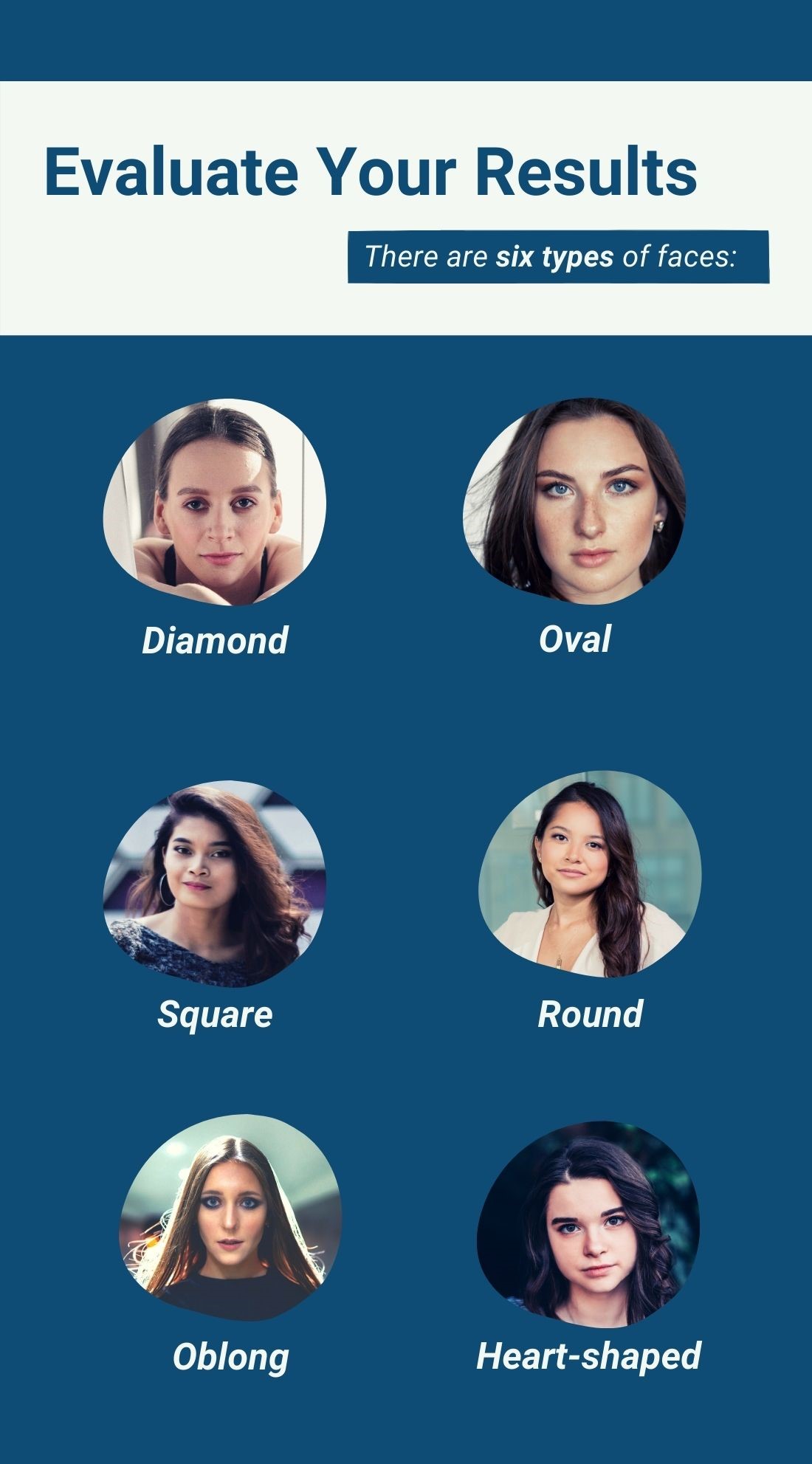
Now that you have taken note of the dimensions of your facial structure, it’s time to compare and evaluate them. Listed below are the various characteristics related to each of the six types. Although some people argue that there are nine categories, the general consensus is that there are six types of faces.
If you find yourself fitting in more than one category, fret not, you are probably either one of the two or a combination. Following the more dominant shape is safer, but consider yourself lucky because you have the flexibility to try out hairstyles allotted to both types.
1. Oval
Similar to an egg, an oval shape is a little longer than its width, with the cheekbones being the widest part of the face. Both the forehead and chin are rounded and the angles of the face are soft and curved. It is known to be ideal, and iconic women such as Beyonce Knowles and Kate Middleton fall under this category.
2. Round
A round visage is one with traits such as a soft, rounded jaw, wide cheekbones, and an almost equal facial length and width. Both forehead and jawline boast similar measurements that are shorter than the length and width. Often misunderstood as chubby or child-like, round faces don’t exactly have the best reputation. Fortunately, they have great representation. Notable people that are in this category include funny ladies, Chrissy Teigen and Mila Kunis.
3. Diamond
People with diamond-shaped faces occasionally mistake theirs for heart-shaped faces, but there is a distinct difference. Common attributes of a diamond include narrow foreheads and chins as well as wide set cheekbones. What sets it apart from a heart shape is the fact that diamonds have narrower foreheads as compared to hearts. Some famous diamonds include Vanessa Hudgens and Zoe Saldana!
4. Oblong
A quick glance and you can easily mistake an oblong face for a square one, but one telling sign is the facial length. This type tends to have a very long face as compared to a square-shaped one. Other signs that indicate you have this type are narrow cheeks, jawbones, and foreheads that are all about the same size. Some classic examples of well-known oblong faces are Sandra Oh and Liv Tyler.
5. Square
When you think of a square face shape, think along the lines of Angelina Jolie or Lucy Liu — not the problem sums from your school textbooks. No one has a perfectly square shape. But if the difference between your measurements do not vary as much, you have a square-shaped face! This means the length of your visage as well as the width of your forehead, cheekbones, and jaw are all fairly equal. Another obvious factor is that your jaw is described as strong or square.
6. Heart-Shaped or Inverted Triangle
In the past, a widow’s peak was morbidly associated with widows and the garments they wore. But that is all just folklore as the “M” shaped hairline is generally a case of genetics. Aside from the aforementioned, heart-shaped faces also feature a wide forehead that tapers down the cheeks to the chin. You might notice that you have all the traits of a heart-shaped visage, but not the widow’s peak. In that case, you can be categorised as an inverted triangle. Kerry Washington and Reese Witherspoon are both well known starlets with these types of faces (Kerry has the widow’s peak!). A small disclaimer: having a widow’s peak does not automatically put you under this category. You should still review your measurements before coming to a conclusion.
How Do I Choose My Haircut?
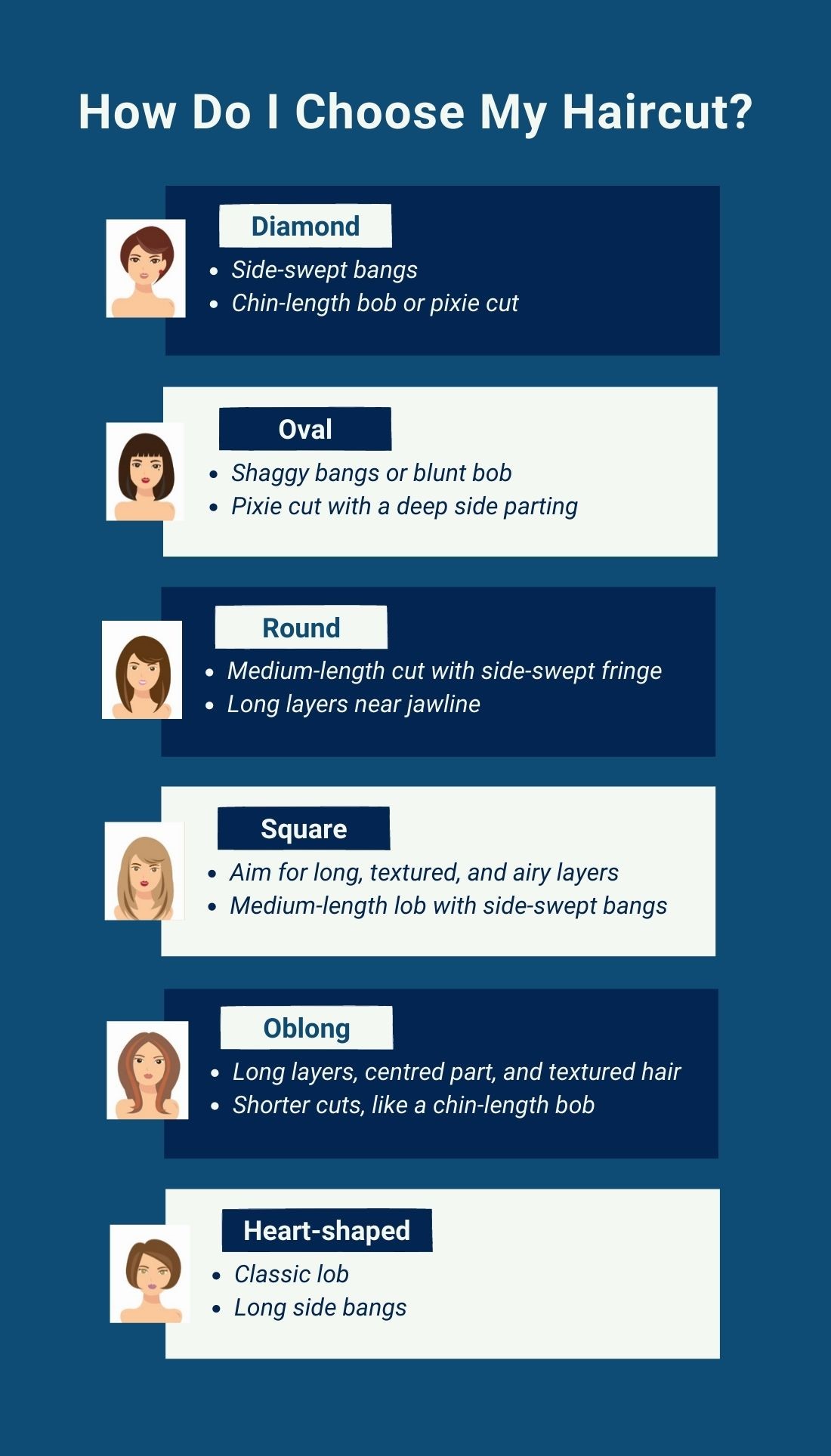
Now that you have understood the basics, you can move on to choosing a hairstyle that will complement and naturally boost your image. After learning about shapes, here are some of the most flattering hairstyles depending on your face shape:
1. Oval
Touted as the most versatile of them all, oval tends to allow you to experiment with plenty of hairstyles. If you want to manage the length of your locks, select a style with minimal layers (think beach waves) as this will provide volume and avoid lengthening your face. Shaggy bangs can help shorten your face as well. However, if you are looking for a shorter cut, a blunt bob will give you the razor-sharp chic look you’re aiming for, while complementing your visage. Looking to go for the big chop instead? Try out a pixie cut with a deep side parting.
2. Round
Having a round face, most stylists would recommend creating the impression of dimension or length. To create either, aim for a medium-length cut with a side-swept fringe. If you would rather keep your locks, you can ask for long layers that begin around your jawline with a centre parting to create length. Although short haircuts are discouraged, here’s the good news: you can still try a pixie cut! Choose one with long and choppy layers to create definition. However, you should avoid short bobs, single-length cuts, and short layers that can make your face look broader than it actually is.
3. Diamond
With sharp angles and planes, you can choose to accentuate your features or soften them. To soften the edges of your visage, you can pick a medium or long cut with layers, both curly and wavy styles will help shorten the face by a hair. Side-swept bangs or a gentle see-through fringe are also very flattering. The other choice is to accentuate and increase the appearance of the lower half of your face. Diamonds tend to have narrow jaws, so a chin-length bob or pixie cut can assist in creating an illusion of a wider jaw.
4. Oblong
As mentioned above, oblong faces are usually narrow. To increase the breadth of the visage, choose to add volume to your tresses. This can be done with long layers, a centre parting, and textured locks. Shorter cuts, like a chin-length bob, can also help achieve this look and shrink the length of your facial structure. You should avoid a straight and single-layered style as it does not add movement nor fullness to your overall appearance.
5. Square
Generally, it is recommended to avoid straight bangs, chin-length bobs, and centre partings as these cuts can make your facial structure appear even more square. On the bright side, there are plenty of cuts to try from. For a long-haired look, aim for texture and long, airy layers to soften a strong jaw. A medium-haired option would be to try out the lob with side-swept bangs to elongate your visage and draw attention to the cheekbones.
6. Heart-Shaped or Inverted Triangle
With a broad forehead, narrow cheeks, and an even more tapered jaw, you should seek to balance out your structure, should you fall under this category. A great cut for heart-shapes is the timeless lob. This style can provide a volume for the lower half of your face. Adding long side bangs can also appear to shrink your forehead. It would be wise to avoid a centre parting and short, straight bangs or any cut with too many layers as it would only add too much fullness to the top of your head.
The Final Takeaway
Even after reading a comprehensive guide, you may find yourself a little at sea. With so many similarities between face shapes, it’s understandable that you may not know what you are exactly.
If you are still unable to determine your natural structure, you can always make an appointment with your stylist for a consultation. Bring along photographs of styles you think will suit you and discuss with your stylist if these are viable options for you.
Finally, always remember that no one type is better than the other and that all face shapes are beautiful in their own way.
